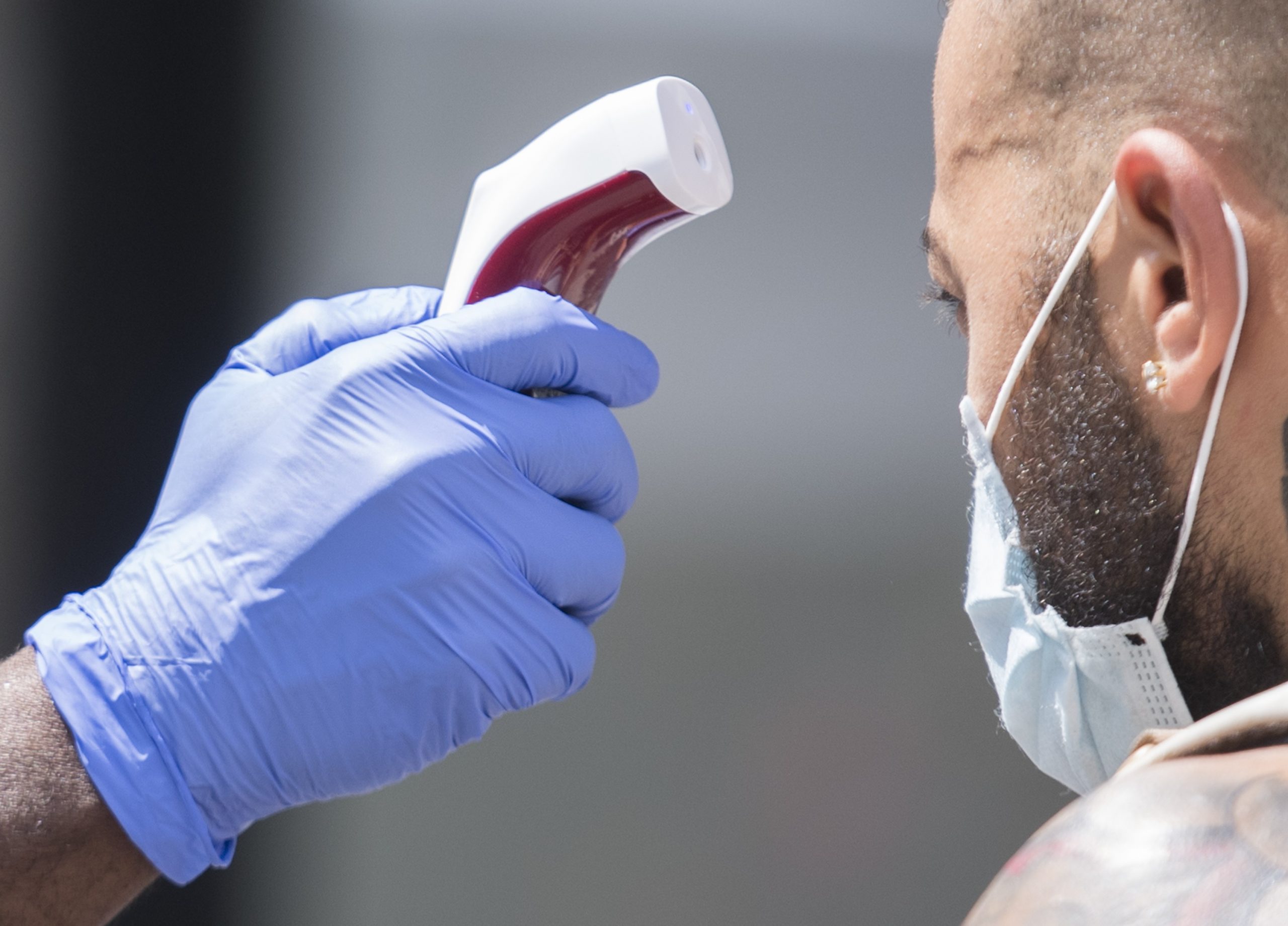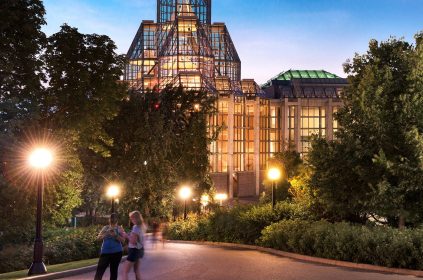MONTREAL — Community groups in Montreal say they had no choice but to go at it alone after the Quebec government went back on a pledge to collect race-based data to help trace the impact of COVID-19 on marginalized communities.
Thierry Lindor, a Montreal entrepreneur, launched an online platform this week to collect information from Black, Indigenous and other people of colour across Canada about how the novel coronavirus has affected them and their families.
Eighty-nine people completed the anonymous online survey in the first 24 hours since The Colours of COVID was launched, Lindor said in an interview Thursday, adding that 80 to 90 per cent of respondents were in Quebec.
“How do you fight something you can’t measure? It comes down to that,” said Lindor, who has teamed up with a handful of advocacy groups, including the Federation of Black Canadians, on the project.
“The objective of The Colors of COVID is to make sure we’re painting a clear picture of people that have been invisible for far too long.”
For months, community organizations across Canada have called for race-based data related to COVID-19 amid concerns Black, Indigenous and other communities of colour were being disproportionately affected by the virus.
The data, advocates argue, would help highlight underlying socioeconomic issues that they say often contribute to high infection rates and would pressure governments to take concrete action.
Yet, while Ontario has promised to collect race-based data linked to the pandemic, Quebec’s public health director, Dr. Horacio Arruda, recently went back on a pledge he made in early May to do the same.
Arruda told reporters Aug. 3 that collecting data on race was “sensitive” and that Quebec instead would look at other ways to map specific communities’ risk factors for infection, such as geography.
A spokeswoman for the provincial Health Department, Marie-Claude Lacasse, said Thursday the province understands the importance of race-based COVID-19 data, but “for the moment, we are not compiling the information.”
She said in an email the public health agency is reviewing existing literature on how race may affect COVID-19 infection rates. It is also working with Montreal public health authorities, Lacasse said, on a study to evaluate whether ethnocultural background is a risk factor for COVID-19.
But that does not go far enough for many organizers, who say people of colour were abandoned when COVID-19 hit their communities — and that Quebec needs to go beyond merely studying the issue.
“To think that they would have the audacity, the gall, to try to do a study — to find out what? In six months from now, saying, ‘Yeah, turns out that we should have collected race-based data,'” said Lindor.
“That’s just alarming to me. It’s alarming, it’s appalling, and it is not the Quebec I hope my kids grow up in.”
Tiffany Callender is the executive director of the Cote-des-Neiges Black Community Association, which advocates on behalf of Black families.
The Cote-des-Neiges neighbourhood was one of the areas most heavily affected by COVID-19 in Montreal, the epicenter of the pandemic in Quebec. Overall, the province has reported over 61,400 cases and 5,730 deaths linked to the virus to date.
Callender said many Cote-des-Neiges residents lost their jobs during the pandemic, while others were front-line workers who risked their health and the health of their family members, but had to continue working.
“At one point Cote-des-Neiges had the highest number of cases in Montreal and the response from the Quebec government was so delayed … It was really like being abandoned,” she said in an interview.
Getting data to illustrate the problem will outline the community’s needs and help groups pressure the government to allocate more resources, Callender said.
The survey asks participants to provide their ethnicity, age, gender, and what neighbourhood they live in, among other personal details.
It then asks participants if they have been tested for COVID-19, if they have family members or loved ones who tested positive or died from the virus, and asks how the pandemic has impacted their lives.
Callender added that the link between race and poverty, and the risks of contracting COVID-19, is clear.
“If you are going to be overly impacted by COVID-19, the likelihood that you live in poverty is great,” she said. “So then the question is, who lives in poverty? And when you answer that question, you will find people of colour.”
“I highly doubt that the government does not know that; it’s that they would then have to act if they admit it.”
Lindor said he is in talks with the federal government to try to secure funding and other forms of support for The Colors of COVID. He said he hopes to collect 1,500 to 2,000 completed surveys over the next 60 days.
While most of the respondents answered the questions online, he said community groups and volunteers will use tablets to share the survey with vulnerable community members in person over the next several weeks.
For example, Lindor said, “while they are collecting their food baskets at least once a week — they will be able to have a voice.”
This report by The Canadian Press was first published Aug. 20, 2020.
Jillian Kestler-D’Amours, The Canadian Press















